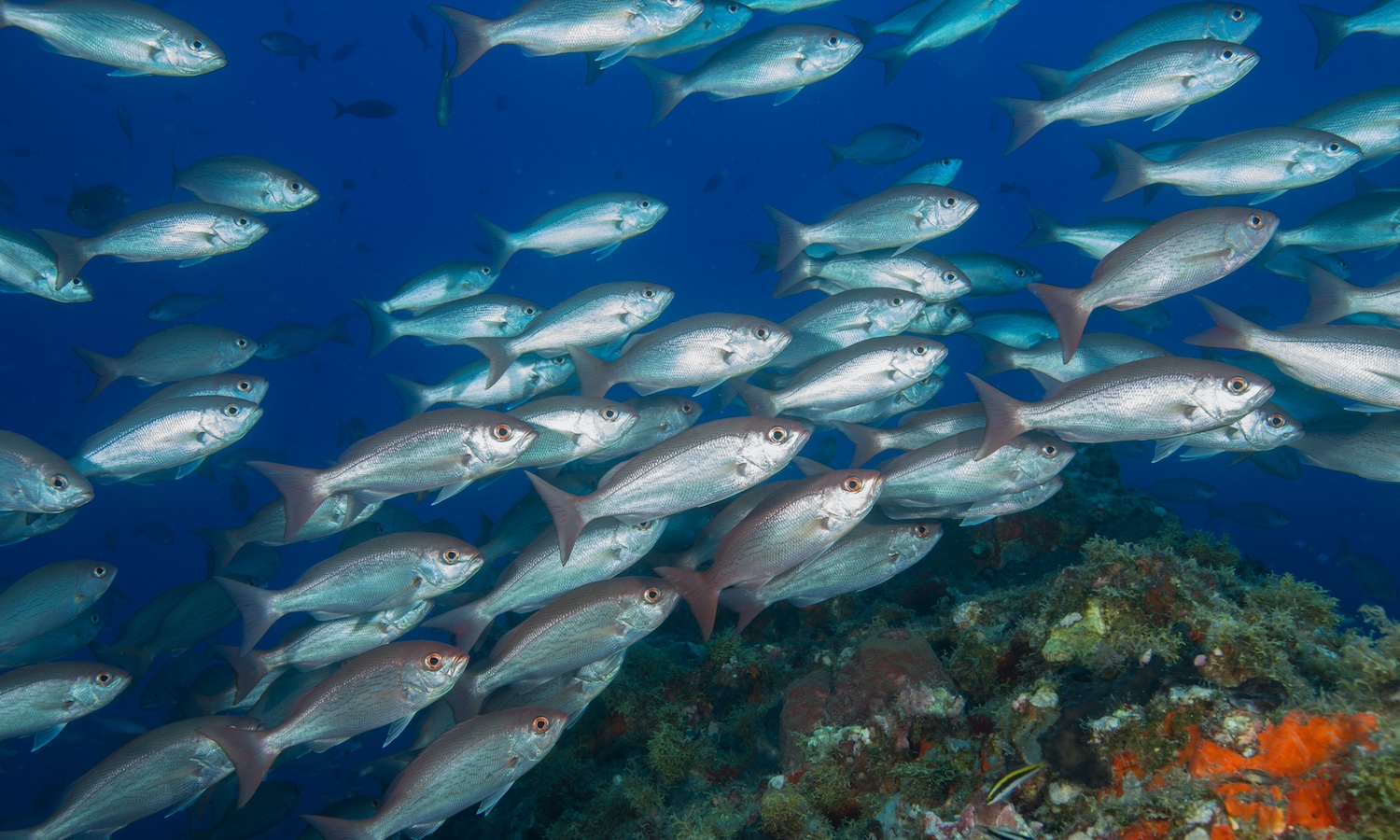World Wildlife Fund-US recently announced the launch of the Oceans Futures Platform at the Halifax International Forum. The initiative will be used to identify global seascapes at risk of maritime conflict or food insecurity because of climate-driven fisheries migration.
“We want the Oceans Futures platform based on strong scientific support for where fish will move in response to climate change so that we can understand where risks associated with fish and fisheries might change in the future,” Sarah Glaser, Senior Director of Oceans Futures at WWF, tells Food Tank.
Oceans Futures analyzes global climate and fisheries models to highlight 20 regions across the world that will likely see conflict, food insecurity, or geopolitical tensions by 2030. WWF hopes that the early warning system will enable early, collaborative action on conservation and conflict prevention to foster a harmonious climate for people and the environment.
Fisheries conflict has increased 20-fold over the last four decades, according to a study on global patterns of fisheries conflict, published in Global Environmental Change. And another study in Global Change Biology finds that 23 percent of all fish stocks will move in the next eight years, optimizing some fishing areas while deteriorating others and significantly impacting coastal communities and relationships across countries.
Oceans Futures aims to meet the challenges fisheries will face to provide solutions for more peaceful oceans, more sustainable communities and economies, and nutritious blue foods for all.
“When we design conservation interventions around fisheries management we need to be able to anticipate when conflict could happen as a result of our conservation interventions, but also in areas of the world in which conflict is systemic or there’s a recent history of conflict,” Glaser says.
Oceans Futures is supported by partnerships with the Environmental Defense Fund (EDF), the International Conservation Caucus Foundation (ICCF), and Ode Partners. The platform’s initial launch reveals a combination of projections for how fish stocks will shift over time due to climate change as well as how this movement will increase the risk of conflict over fisheries.
By 2025, Oceans Futures hopes to expand the available body of data by using machine-learning models to understand what causes the escalation of low-level conflicts. Glaser says this technological advancement will help them build these models that operate up to 20 times faster than their first database, the Horn of Africa, which took almost two years and more than a dozen researchers to create.
Glaser believes the technological solutions that Oceans Futures develops can also serve as a valuable tool to address food loss and waste. If the platform can support the implementation of cold chain storage, including ice makers and refrigerated transportation, it can help reduce food loss in fishing communities. The cold chain infrastructure can also reduce fossil fuels if it is supported by solar, wind, or green power.
It’s a “win for the people in the communities who make more money because their fish is higher quality,” Glaser tells Food Tank. “And it also means that the ocean wins because more of the fish that are taken from it make it into the global food chain, and are not just lost to the system.”
As solutions are rolled out, Oceans Futures hopes to foster awareness and conversations about the role of fisheries in supporting peaceful coastal communities and food security.
“People are more and more committed to using these multilateral institutions, such as regional fishery management organizations as a means for working together to understand fisheries, to share information and to really promote good behavior on the world’s seas,” says Glaser.
Articles like the one you just read are made possible through the generosity of Food Tank members. Can we please count on you to be part of our growing movement? Become a member today by clicking here.
Photo courtesy of NOAA, Unsplash











